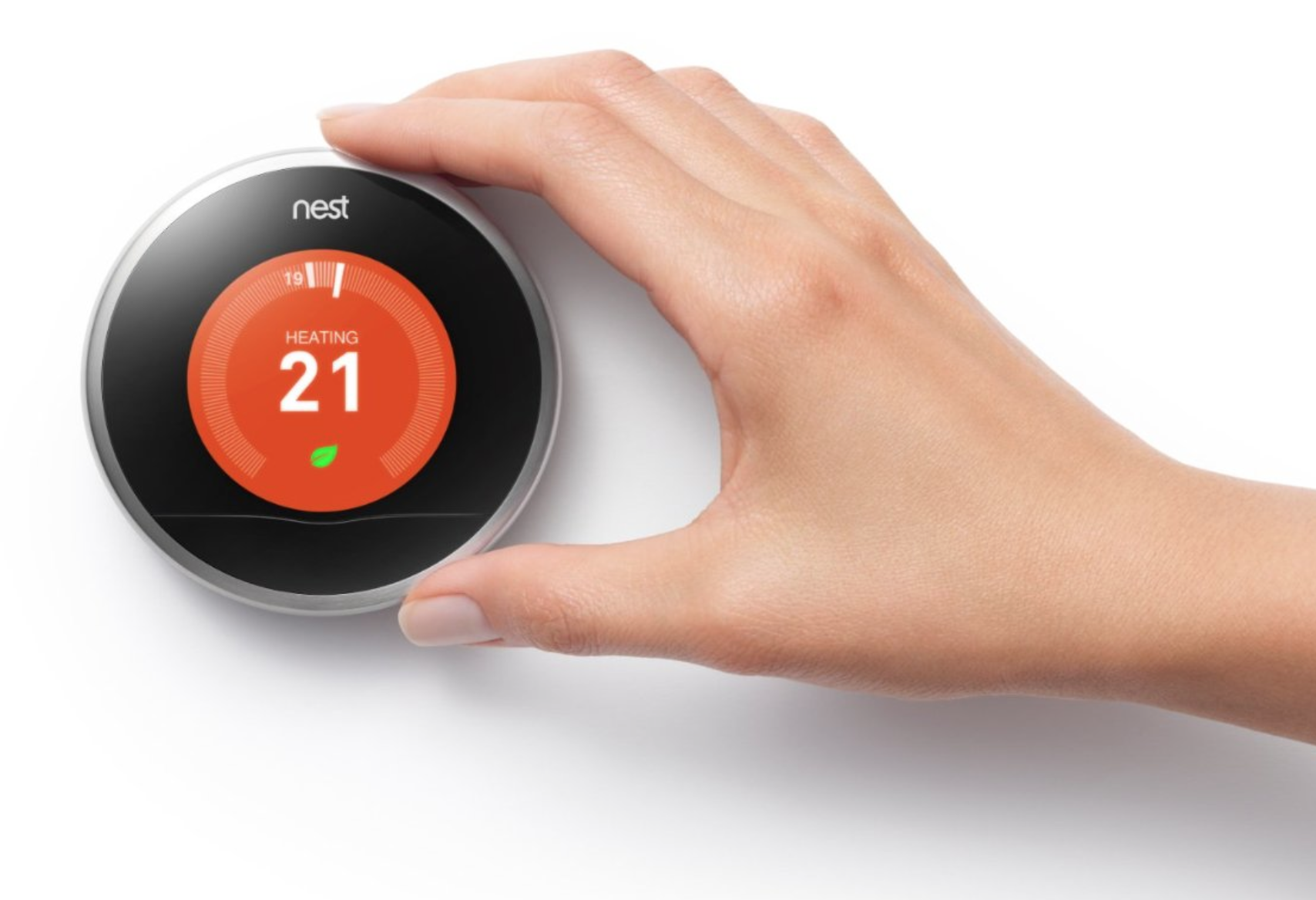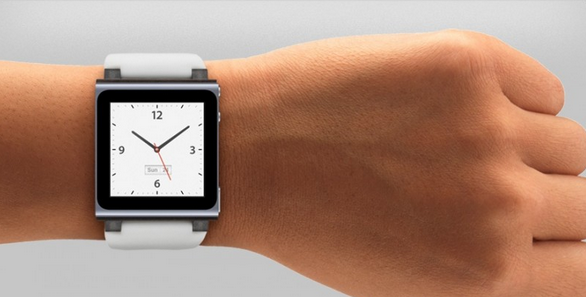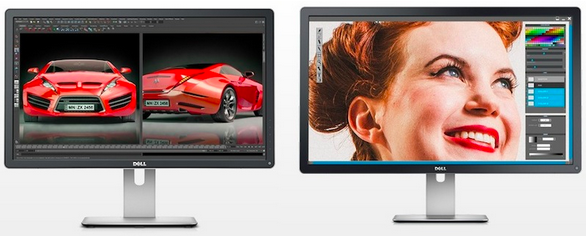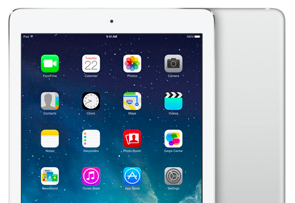The tech world can't seem to make up its mind when it comes to size. Is bigger better or smaller slicker?
The last decade has seen iOS and Android phones grow, but tablets gradually get less bulky. Then when you add to that the advent of wearable tech such as the Smartwatch, you start to see why size is apparently an unresolved issue in the world of mobile technology.
Of course, as end consumers we don't really care which side wins the battle; we just want the best products at the best prices. However, with one side of the industry getting bigger and the other getting smaller, we thought it would be a good idea to weigh up some of the pros and cons on either side using one of the most popular mobile pastimes: gaming.
According to Statista, mobile gaming is raking in $2.6 billion (£1.8 billion) annually thanks to 165 million mobile gamers playing via their smart device for at least seven hours each week. Here in the UK the stats are just as impressive with the mobile gaming market experiencing 21% growth between 2013 and 2015 to achieve a current annual yield of more than £500 million.
With the mobile gaming industry on the up and more people playing games on the go than ever, it makes sense to size up the size debate using this medium.
A Lack of Control
One of the major downsides to Smartwatch gaming is the lack of space for controls. In many circumstances this doesn't matter. Games such as Tennis Racketeering make use of your Android phone's Bluetooth function and the manoeuvrability of a Smartwatch to replicate tennis strokes.
Another area of the gaming world that could benefit from the portability of Smartwatches (and the simple tap and play system) is the casino world. For example, when you look at the roster of games at Pokies.com you'll see that you can play slots such as Starburst Touch "anytime, anywhere".
Playing this game online allows you to spin the reels for a few pence and win cash prizes worth upwards of five-figures; however, thanks to the overall set-up, it means you could just as easily do this on your Smartwatch.
So, while it's true that Smartwatches aren't fantastic for controlling complex games, they do have a place in the gaming world. In fact, if you could spin a slot machine and win thousands of pounds via your Smartwatch we doubt anyone would be complaining about the "lack of control" options.
A Graphical Difference
While controlling certain games might not be an issue for Smartwatch wearers, the graphical interface will be. When you compare Apple's iPhone 6S with the Apple Watch, the screen dimensions and resolutions are markedly different.
The Apple Watch comes in two display sizes (38mm and 42mm) which means you can choose between 340x272 pixels (290 ppi) and 390x312 (302 ppi). Although impressive for such as small device, these stats pale in comparison to the two options you get for the iPhone 6S: 1334x750 (326 ppi) and 1920x1080 (401 ppi).
The difference in size and quality is a major issue for gamers who are constantly demanding more realism. Asphalt 8: Airborne by Gameloft is extremely detailed and playing this game on a Smartwatch just wouldn't work.
In fact, it's this issue that will probably mean the Smartwatch will remain fairly limited in the games it can offer. Simple tap and play apps like slot games, puzzles and shooting games will all work perfectly well on a Smartwatch; however, add a layer or two of complexity and they become virtually useless.
Fortunately, we live in a mobile world of options and gamers won't have to make hard choices anytime soon. If you like more in-depth games then join the action via your phone or tablet. If you want something a little less taxing and a lot more efficient, then try out the latest range of Smartwatch games. Either way there's a size to suit everyone out there.
Written by James Woodhall.
James is originally from Wales but moved to Manchester a few years ago. There, he studied literature but soon started to develop his interest in technology and gadgets and became a freelance writer. His other hobbies include cricket and house music.












